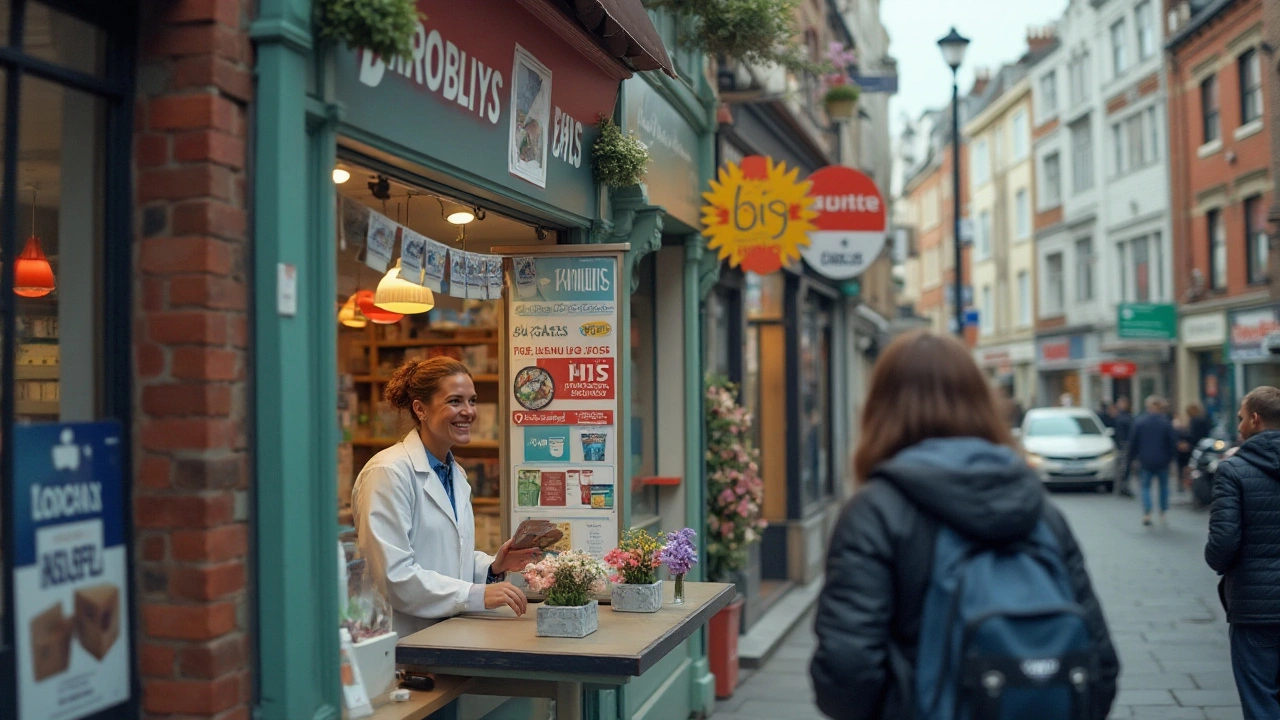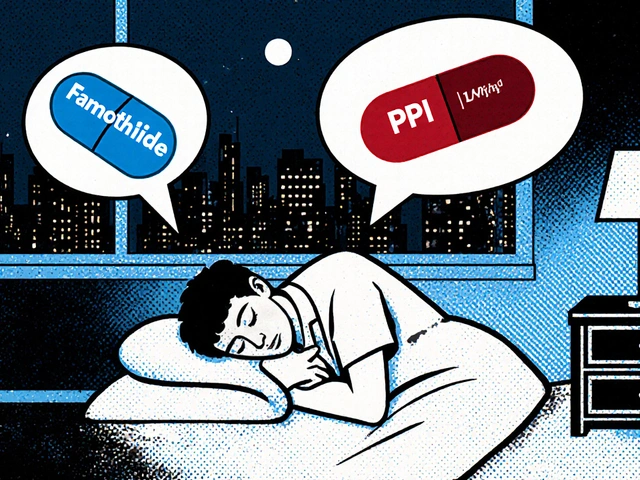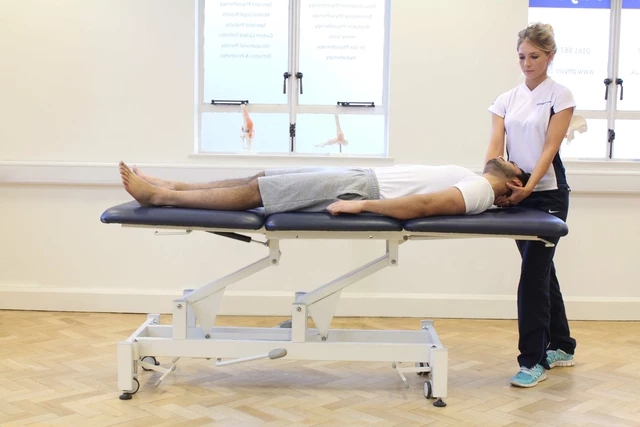Online pharmacies: How to find safe, affordable medication
Online pharmacies can save time and money — but some are risky. This guide shows how to pick trustworthy sites, what questions to ask, and quick checks you can do before you buy.
How to choose a reliable online pharmacy
Check for a physical address and a phone number you can call. Legit pharmacies list a licensed pharmacist and require a prescription for prescription-only drugs. Look for registration or accreditation seals (like MHRA in the UK, FDA links in the US, or Verified Internet Pharmacy Practice Sites). If a site sells prescription drugs without asking for a prescription, avoid it.
Safety checks you can do in minutes
Search the site name plus words like “scam” or “review.” Verify the pharmacy’s licence through the regulator’s website. Read recent customer reviews on independent sites, not only on the pharmacy’s page. Watch for prices that are far below typical pharmacy costs — deep discounts often signal counterfeit or stolen meds. Make sure the site uses HTTPS and has clear privacy and return policies.
A trustworthy online pharmacy will ask for your prescription, confirm your details, and offer pharmacist contact for questions. Shipping times vary; choose tracked delivery if possible. Keep vaccine, controlled substances, and certain antibiotics off unverified sites — those are high-risk to buy online.
Use a credit card or a secure payment service that offers buyer protection. Don’t use wire transfers or cryptocurrency for medications — those methods hide fraud. Read the privacy policy: it should explain how your medical and payment details are stored and who can access them.
How to spot red flags fast. No phone number, no prescription requirement, unclear pricing, poor spelling and grammar across the site, or just images copied from other pharmacies are warning signs. Generic domain names and odd country locations don’t always mean danger, but they do mean you should dig deeper.
If you’re unsure about a medication’s authenticity, interactions, or dosing, talk to your prescriber or pharmacist before ordering. If a site pressures you to buy now or to avoid talking to your doctor, leave.
Quick checklist before you hit “buy” 1. Prescription required? 2. Licence verified? 3. Secure payment? 4. Tracked shipping available? 5. Clear return and privacy policy?
If all five boxes are checked, the site is likely safer. If not, shop elsewhere or ask your local pharmacy to match prices or order the drug for you.
Keep records of every purchase: save order confirmations, receipts, and photos of the packaging and pills when they arrive. Check expiry dates and batch numbers and match them to the product page. If something looks off — different color, odd taste, or unexpected side effects — stop taking the medication and contact your healthcare provider immediately. Report suspicious pharmacies or counterfeit meds to your national regulator; many regulators have a simple online form. Finally, consider using your local pharmacy for complex medications or when you need counselling — online shopping is great for convenience, but some treatments need hands-on care.
Keep safe, compare prices, and ask questions before ordering online.






